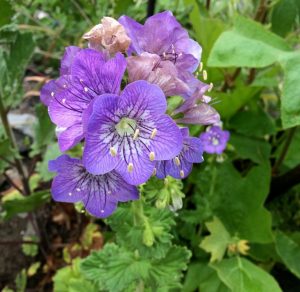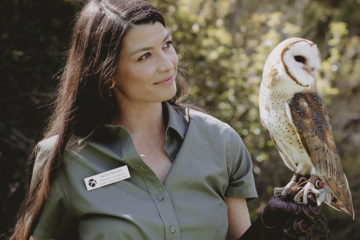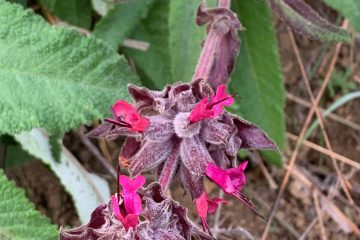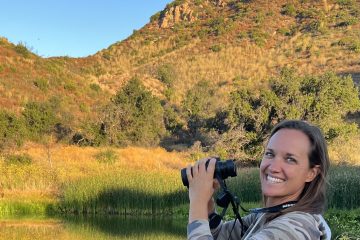Spring Wildflowers: Bloom or Bust?

 You’ve probably noticed that we haven’t had much rain so far this year. Rainfall in most of Ventura County has totaled less than 3 inches, which is less than a third of what we normally would have gotten. That doesn’t bode well for the spring wildflower bloom, says Anna Huber, COSCA analyst and resident plant expert: “I think [the bloom] might be a little on the slim side. I’m hoping we get some rain this month [March], but the long-range forecast doesn’t look hopeful.
You’ve probably noticed that we haven’t had much rain so far this year. Rainfall in most of Ventura County has totaled less than 3 inches, which is less than a third of what we normally would have gotten. That doesn’t bode well for the spring wildflower bloom, says Anna Huber, COSCA analyst and resident plant expert: “I think [the bloom] might be a little on the slim side. I’m hoping we get some rain this month [March], but the long-range forecast doesn’t look hopeful.
”Moisture levels in the soil right now, says Huber, are very low, which means less growth and smaller plants. Although the Conejo Valley’s flower display is likely to be disappointing this year, Huber says she’s more worried about the effects of long-term drought on the area’s large, venerable oaks. “We haven’t had adequate rainfall to replenish the ground water,” she says. “The water table gets lower and lower. Last yearwas a good rain year, but it wasn’t enough to get back to healthy soil-moisture levels.
”Besides precipitation, wildfires also play a role in triggering exceptional bloom years and it’s been three years since a major fire burned through COSCA’s parks. So the display of fire followers like fire poppies, large-flowered phacelia, and white eardrops will be more subdued.
Huber says to watch for lupines, California poppies, mariposa lilies, wild hyacinths, and clarkia in the grassland areas and expect monkeyflowers, some phacelias, and penstemons on the north-facing slopes. She thinks your best bet this year for sighting flowers may be the Hidden Meadows Trail off Pathfinder Avenue. (She also reminds everyone that no matter how excited you are about your flower quest to please not disturb the residents around the trailhead.)Some resources to help you with wildflower location and identification:
- Theodore Payne Foundation Wildflower Hotline (March through May): 818 768-1802 ext 7
- COSCA’s downloadable guide to common native wildflowers.
- COSF’s guide to native plant environments and what you’ll find there, with a downloadable guide to flora and fauna.
- And if you’re really stumped, consult COSCA’s guide to non-native invasive plants.
The photo accompanying this article is a large-flowered phacelia (Phacelia grandiflora). They bloomed in profusion in 2019, the spring after the Woolsey and Hill Fires. Photo credit, Anne M. Russell.
This article originally appeared in the COSF Spring 2021 newsletter. It contains other articles that are likely to interest you.



0 Comments